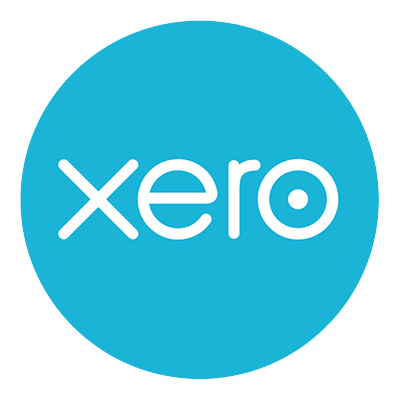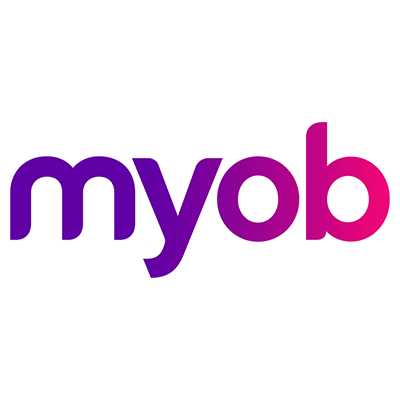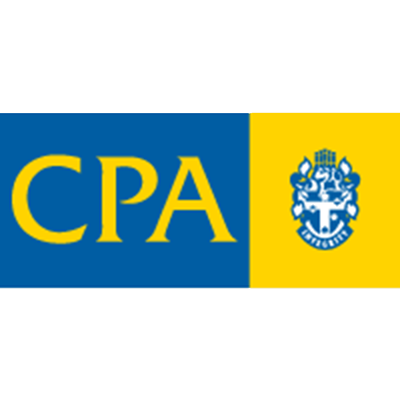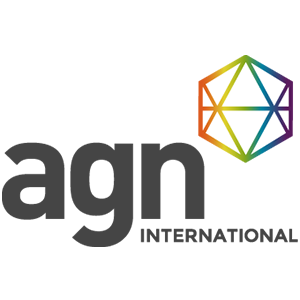Transfer pricing only applies if your business involves international trade or investment with associates. Over two-thirds of world trade involves multinational enterprises (MNEs). Well over 60% of world trade comprises associated party transactions. MNEs are a significant force in New Zealand’s economic environment.
When one legal entity within your company group interacts with another, you need to set a transfer price for the transaction.
We aim to help companies manage risks associated with an Inland Revenue transfer pricing audit, by providing advice surrounding the use of appropriate transfer pricing methodologies, tailored to your specific business. We can also assist with the preparation of appropriate Transfer Pricing Documentation, one of the first things Inland Revenue will request should they decide to conduct a review on your cross-border transactions. There is no statutory requirement for taxpayers to prepare this documentation, however the burden of proof is on the taxpayer to demonstrate that the ‘transfer price’ is consistent with the arm’s length principle.
In the eyes of Inland Revenue, the ‘transfer price’ needs to be at ‘arm’s length’ to ensure that the New Zealand taxpayer profits fairly from the cross-border intragroup transactions. At arm’s length means that the price a company pays to purchase goods or services from a related company entity should be the same as if the two entities were unrelated.
Many MNEs rank transfer pricing as the most important international issue they face. Tax authorities around the world are implementing and updating their rules and regulations on international transactions as well as increasing their audit activity.
The structure and operations of MNEs continuously evolve, often with a consequential impact on the income recognised in some countries. Such changes may be perfectly legitimate. Identifying which pricing practices are legitimate and which are not is a difficult process.
There are several different transfer pricing methods that can be used. The five main ones include;
- Comparable uncontrolled price (CUP) method
- Resale price method
- Cost plus method
- Transactional net margin method (TNMM)
- Transaction profit split method
- Contribution analysis
- Residual analysis
These transfer pricing methods are the ones favoured by the Organisation for Economic Co-operation and Development (OECD), and it all depends on which one fits your situation. When deciding which one is best, you should consider:
- The amount of relevant comparable data this is available
- The level of comparability of the uncontrolled and controlled transactions in a question
- Whether a method is appropriate for the nature of a particular transaction
The Inland Revenue provide three questionnaires that can be used to self-assess your transfer pricing compliance risk: foreign-owned multinationals, New Zealand multinationals and New Zealand branches.
New Zealand’s transfer pricing rules have always been about striking a balance between protecting the tax base and containing compliance costs. There are a range of simplification measures targeted at reducing compliance costs in situations that are likely to present a low transfer pricing risk.











